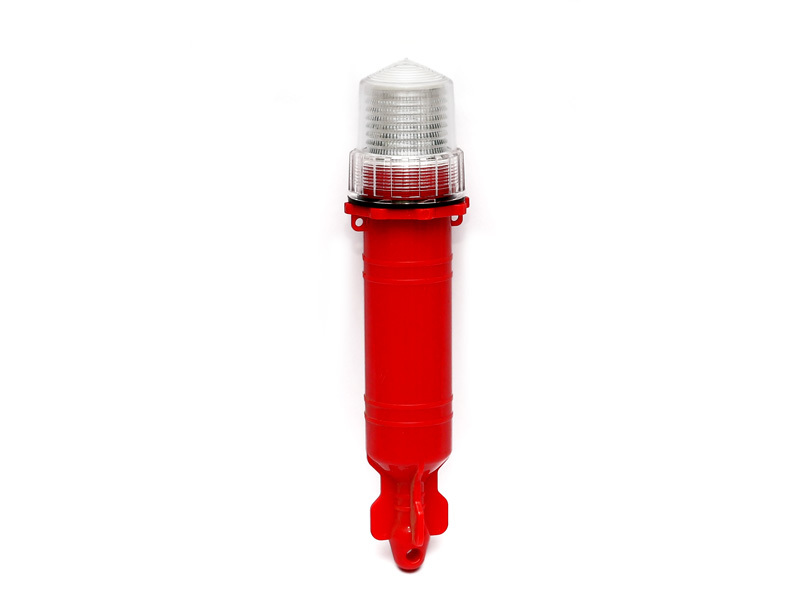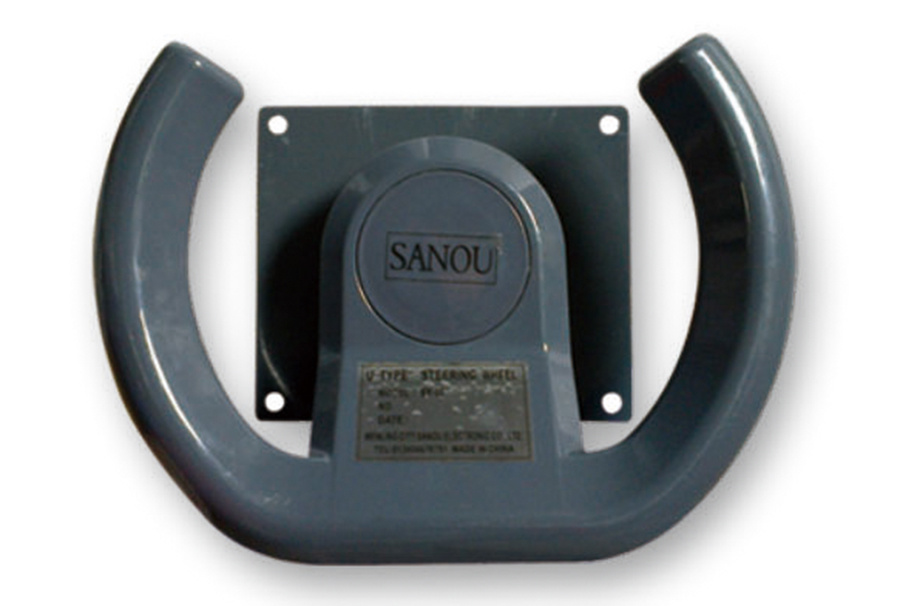News Center
The Future of Marine Navigation: Innovations in Autopilot Hosts
The Future of Marine Navigation: Innovations in Autopilot Hosts
Table of Contents
1. Introduction to Marine Navigation
2. Understanding Autopilot Systems
3. The Evolution of Autopilot Hosts
3.1 Early Technologies
3.2 Modern Advances
4. Key Innovations in Autopilot Hosts
4.1 Integration with GPS and AIS
4.2 Artificial Intelligence and Machine Learning
4.3 Enhanced Safety Features
5. Environmental Considerations
6. Future Trends in Marine Navigation
6.1 Automation and Remote Control
6.2 Digital Twins in Navigation
7. Challenges and Limitations
8. Conclusion
9. Frequently Asked Questions (FAQs)
1. Introduction to Marine Navigation
Marine navigation has undergone a significant transformation over the years, driven by technological advancements and the need for increased efficiency and safety at sea. Today, navigating a vessel is not just about maps and compasses; it involves sophisticated systems that integrate various technologies. As we delve deeper into the innovations surrounding autopilot hosts, we will uncover how these developments are shaping the future of marine navigation.
2. Understanding Autopilot Systems
Autopilot systems are designed to control the trajectory of a vessel without direct human intervention. These systems help in maintaining a steady course, reducing the workload on the crew, and enhancing safety. By employing a combination of sensors, algorithms, and data inputs, autopilot hosts can make real-time adjustments to steer the vessel efficiently.
3. The Evolution of Autopilot Hosts
The journey of autopilot technology is a fascinating one, marked by rapid advancements and the integration of new functionalities.
3.1 Early Technologies
Initially, autopilot systems were rudimentary, relying on basic electromechanical devices. These early systems could only maintain a set heading and required manual inputs for adjustments. Despite their limitations, they laid the groundwork for future innovations.
3.2 Modern Advances
Today’s autopilot hosts are equipped with advanced algorithms and integrated systems that allow for a dynamic response to changing maritime conditions. Modern systems utilize GPS, radar, and AIS (Automatic Identification Systems) to enhance navigation accuracy and safety.
4. Key Innovations in Autopilot Hosts
As the marine industry embraces digital transformation, several key innovations are redefining the capabilities of autopilot hosts.
4.1 Integration with GPS and AIS
The integration of GPS and AIS has revolutionized marine navigation. Autopilot systems can now access real-time data about the vessel's position, speed, and heading, along with information about other vessels in the vicinity. This information is crucial for safe navigation, especially in congested waters.
4.2 Artificial Intelligence and Machine Learning
Artificial intelligence (AI) and machine learning (ML) are making significant strides in autopilot technology. These systems can learn from historical data, adapt to various maritime conditions, and predict potential hazards, enabling proactive decision-making.
4.3 Enhanced Safety Features
Modern autopilot hosts come equipped with enhanced safety features, including collision avoidance systems and emergency maneuvering capabilities. These features are designed to minimize the risk of accidents, making marine navigation safer than ever.
5. Environmental Considerations
As the maritime industry faces increasing pressure to reduce its environmental footprint, autopilot hosts are playing a vital role. By optimizing fuel consumption and reducing emissions, these systems contribute to more sustainable marine operations. Innovations such as route optimization algorithms help vessels find the most efficient paths, further minimizing their environmental impact.
6. Future Trends in Marine Navigation
The future of marine navigation is bright, with several trends expected to shape the industry.
6.1 Automation and Remote Control
The rise of automation and remote control technology is paving the way for autonomous vessels. These vessels can operate independently, relying on sophisticated autopilot systems to navigate safely. This shift could lead to more efficient shipping operations and reduced crew costs.
6.2 Digital Twins in Navigation
Digital twin technology is emerging as a powerful tool in marine navigation. By creating a virtual replica of a vessel, operators can simulate various scenarios, optimize performance, and improve decision-making processes. This technology enhances predictive maintenance and streamlines navigational strategies.
7. Challenges and Limitations
Despite the advancements in autopilot technology, several challenges remain. The reliance on technology raises concerns about cybersecurity, as vessels become increasingly connected. Additionally, the legal and regulatory frameworks surrounding autonomous navigation are still evolving, posing questions about liability and safety standards.
8. Conclusion
The innovations in autopilot hosts are transforming the landscape of marine navigation. As technology continues to evolve, we can expect even greater advancements that enhance safety, efficiency, and environmental sustainability in maritime operations. The future of marine navigation is not just about navigating the seas; it’s about harnessing technology to create safer and more efficient maritime experiences.
9. Frequently Asked Questions (FAQs)
What are the main functions of an autopilot host in marine navigation?
Autopilot hosts are designed to control a vessel's steering and navigation, maintain a set course, and adjust to changing maritime conditions.
How do GPS and AIS improve autopilot systems?
GPS provides accurate positioning data, while AIS offers information about nearby vessels, enhancing situational awareness and safety in navigation.
What role does AI play in modern autopilot technology?
AI helps autopilot systems analyze data, learn from experiences, and predict potential hazards, enabling more proactive navigation.
Are there environmental benefits to using advanced autopilot systems?
Yes, advanced autopilot systems can optimize fuel consumption and reduce emissions, contributing to more sustainable marine operations.
What challenges do autopilot systems face in the maritime industry?
Challenges include cybersecurity risks, evolving legal frameworks, and the need for robust safety standards in autonomous navigation.
Related News
Why the Aicom 304 Microphone is a Game Changer for Content Creators
Why the Aicom 304 Microphone is a Game Changer for Content Creators In the ever-evolving landscape of digital content creation, the importance of high-quality audio cannot be overstated. As a content creator, whether you're a podcaster, streamer, or YouTube enthusiast, the tools you use directly impact the quality of your work. Among the multitude of options available, the Aicom 304 Microphone sta
Unlocking the Potential of the Hua Xun M2000 Microphone: A Comprehensive Guide for Professionals
The Hua Xun M2000 microphone is a noteworthy choice for professionals in various fields, especially for those in content creation, broadcasting, and conferencing. Its design and functionality cater to the demands of high-fidelity audio capture while ensuring user-friendly operation. In this article, we will explore the technical attributes and advantages of the Hua Xun M2000 microphone, providing
Large Bakelite Steering Wheels: The Overlooked Component in Gear Mechanisms
Large Bakelite Steering Wheels: The Overlooked Component in Gear Mechanisms Table of Contents 1. Introduction to Bakelite Steering Wheels 2. A Brief History of Bakelite in Industrial Applications 3. The Functional Role of Large Bakelite Steering Wheels 4. Benefits of Using Bakelite Steering Wheels in Gear Mechanisms 5. Applications of Large Bakelite Steering Wheels 6. Maintenance Tips




